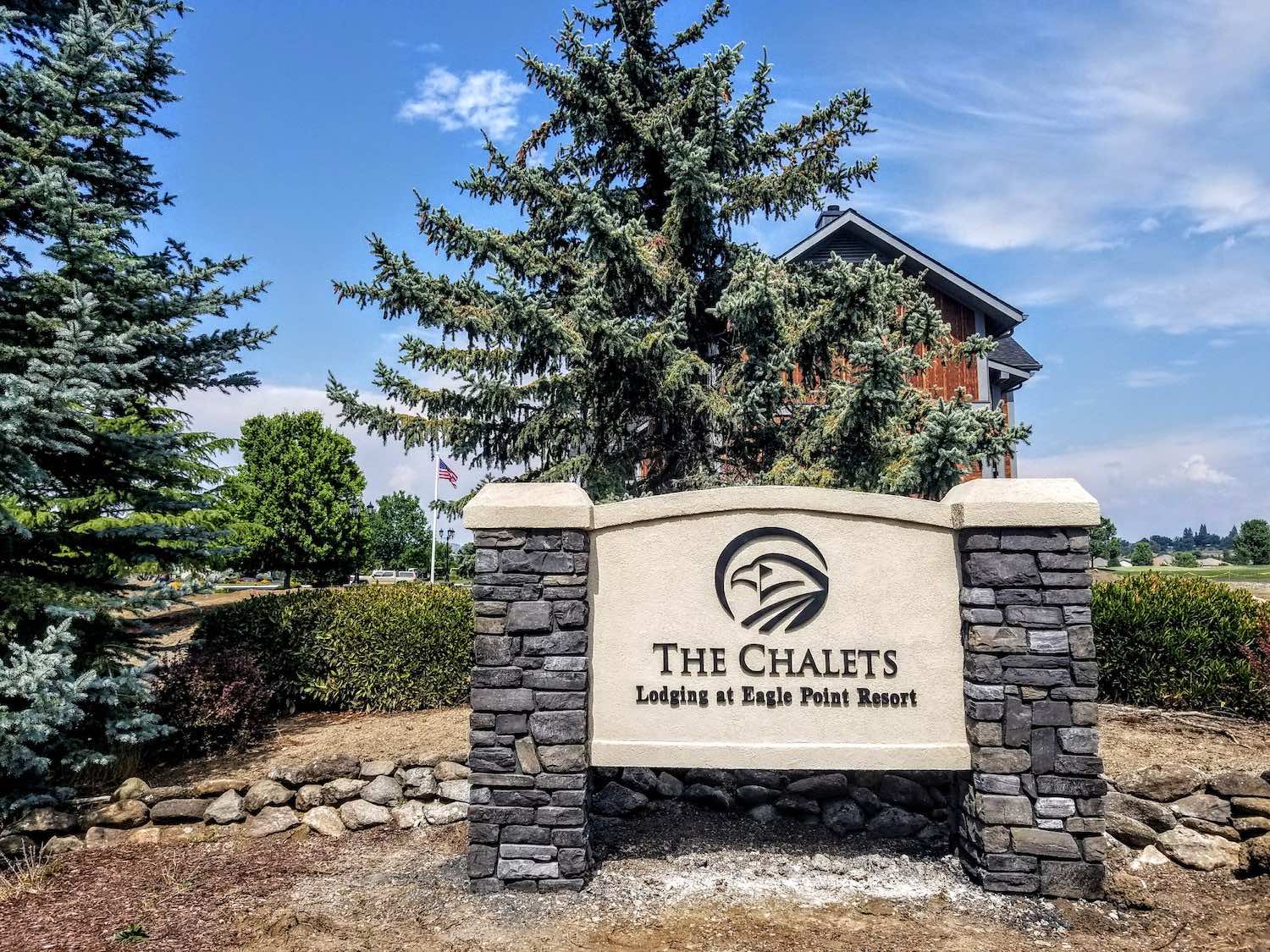Laurel Hill is a beautiful 9-hole golf course nestled near the town of Gold Hill just off of Interstate 5 in the heart of the Rogue Valley. It opened on August 6, 1977, and has hosted nearly a million rounds of golf since that time. It is the creation of the late Harvey Granger who moved to the Rogue Valley in the early 60’s. Laurel Hill owes its popularity to two factors: it is challenging enough for expert players, and short enough not to intimidate beginners. Secondly, for nearly 30 years it’s been providing good golf along with good food and drink in a friendly atmosphere, at a reasonable price. The course is open to the public year-round, and has a small membership of about 20 people or families who pay an annual fee. For most of the year, there is an all-day rate of $15 for men (on Thursdays) and women (on Mondays). During the summer, the course is closed after 4:30 Wednesday afternoons for the men’s twilight league. In addition to challenging golf, the course has great natural beauty, and the many giant oak, fir and pine trees give it a cathedral-like quality, and the abundant shade helps to offset the summer heat. Laurel Hill has been compared to a regulation course with the drives removed. The four par-4s are in the 275-300 yard range, but because of the tree-lined doglegs they require two good iron shots to reach the green. The first hole has a creek that crosses just as the fairway doglegs and tall trees on the left and right sides. The second hole has a ravine bordering the left side of the fairway with tall trees on the right and a sand trap just short of the green on the right. The third hole boosts similar terrain as on hole 2 with thick trees close to the green that is slightly lower in elevation from the fairway. The fourth hole is the shortest hole on the course and has some of the thickest trees on the left of the narrow fairway. The fifth hole again has some very thick trees and on the left front side of the green is a small bunker. The sixth hole has trees on the left and right of the narrow fairway with the green lying up-hill from the tee. The seventh hole is on of the longest holes on the course. The tees are elevated above the fairway with a dogleg to the left about half way out and tall trees on the left edge of the fairway.The eighth fole is similar to its predecessor with a few added challenges: there are a few rather large trees in the middle of the narrow fairway, a dogleg left, and an up-hill green. The nineth hole is perhaps the most challenging with a creek, a pond, and a slight dogleg to the left. The greens are not as fast as some courses so practice putting is a must before heading out. Some of the greens are surrounded by thick brush and heavy trees, so you don’t want to overshoot them. The green on the third hole is slightly lower in elevation from the fairway and has thick trees close to the green. The green on four is a smaller sized green. To the left front side of the green on five is a small bunker and the slope of the green may challenge you. On the sixth the green lies up-hill from the tee and seems closer that it is and has a thick patch of trees behind it. Hole seven is also an up-hill green, slightly smaller than on hole seven and with trees and brush thickly lining the right side.







